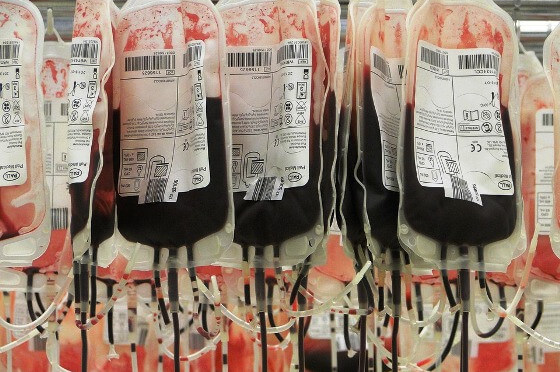
With every fleeting second, as one is delving deeper into the varied branches of science, so is he reaping the benefits of novel scientific developments, technological advancements and discoveries and these inventions are signals of mankind putting their best foot forward towards a generative and a productive future ahead. One such progressive step has been taken in the field of medicine and physiology, by three veteran scientists, William G. Kaelin, Gregg L. Semenza and Peter J. Ratcliffe who have received the highest accolade for their impressive discovery in the field of medicine and physiology, that is the Nobel Prize, for their authentic discovery of tracking the adaptation of cells in accordance with the changing levels of oxygen in the bloodstream.
Oxygen is an essential element that exists in nature in the purest form. It plays an important role in sustaining living organisms. The study conducted had highlighted the molecular mechanisms monitoring the activities of the genes, in accordance with the fluctuating levels of oxygen in the blood. However, these fluctuating levels of oxygen in blood, at times, may create a condition of low oxygen diffusion. Haemoglobin, which are proteins identified as oxygen carriers of the body, are unable to accommodate sufficient oxygen in them to be circulated all over the body, on account of low oxygen diffusion rates and this will hinder the oxygen supply to the tissues. These conditions induce Hypoxia, a condition exhibiting low oxygen content in the body tissues. This would lead to adverse changes in cellular metabolism as Hypoxia, debilitates the oxygen content in the cells, subsiding cellular metabolism and gene expression in the cells. Hypoxia is also responsible for various respiratory diseases, neural and heart disorders in the body. Hypoxia is one of the many causes inducing malignant tumors in the body. For an expanding mass of tumor, the demand for oxygen is much more than its supply. The deficit in the oxygen supply induces the tumor cells to grow distant from the vascular system, hindering the diffusion of oxygen and this situation culminates in a fatal hypoxic environment. However, this remarkable study on oxygen detecting mechanisms, lays down potential guidelines, for healing diseases resulting from a dearth in the oxygen supply to the tissues of the body, thus repressing the growth of tumors around the breast, colorectal areas and pancreas which later on aggravates into cancer. However, the ancient Indian healing system of Ayurveda has devised ways to counter the effect of Hypoxia. Withania Somnifera, commonly known as Aswagandha, identified by Ayurvedic experts, as one of the essential components of Ayurvedic concoctions, works wonders in replenishing oxygen content in the blood and eliminating Hypoxia. It escalates the growth of RBC’s(red blood cells) in the body and since RBC’s are responsible for carrying oxygen all over the system, it ensures the healthy functioning of the cardiorespiratory system. It assists in the regulation of aerobic respiration and the cardiorespiratory processes function actively, diminishing the risks of fatal cardiovascular diseases. Another contribution of Ayurveda is Kulerron, which is one of the products of Branolia Chemical Works. This Ayurvedic tonic proves beneficial, especially for enriching the haemoglobin content in the blood which are the carriers of oxygen. The multiplication of haemoglobin automatically facilitates the faster transportation of oxygen throughout the body, diminishing the risks of Hypoxia.
The beneficial properties defining Aswagandha have been infused in the products of Branolia Chemicals. Extracts of Aswagandha are infused in Branolia’s Kulerron, which is blood replenishing Ayurvedic tonic and also in Branolia’s Honey Guard which fights bronchial congestion as it has anti-oxidant properties. Thus Aswagandha exhibits its multi-purpose utilities and versatile applications in Ayurveda and Branolia Chemical’s, over the years has borrowed the essential properties of Ashwagandha to make their products worthwhile.


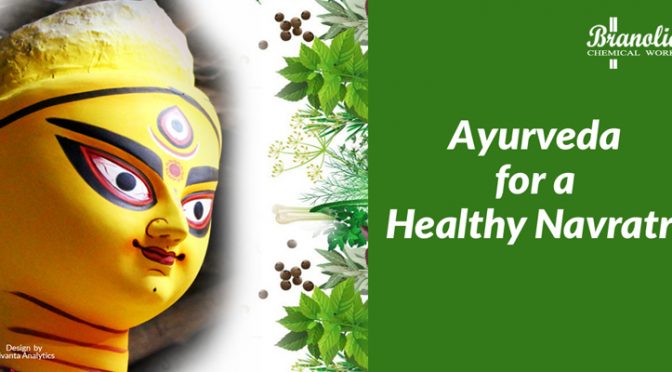
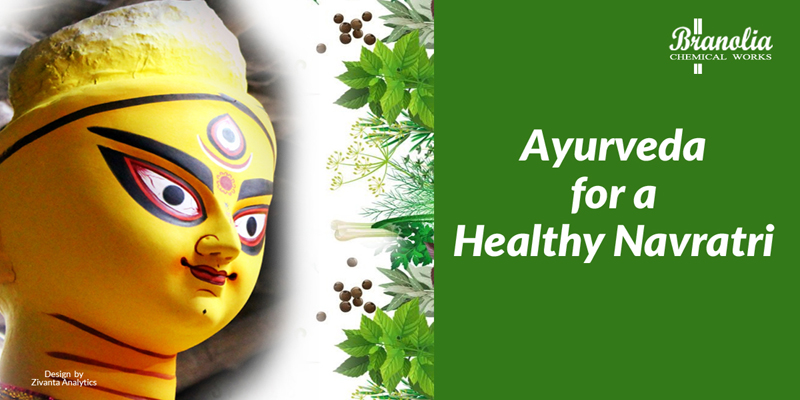



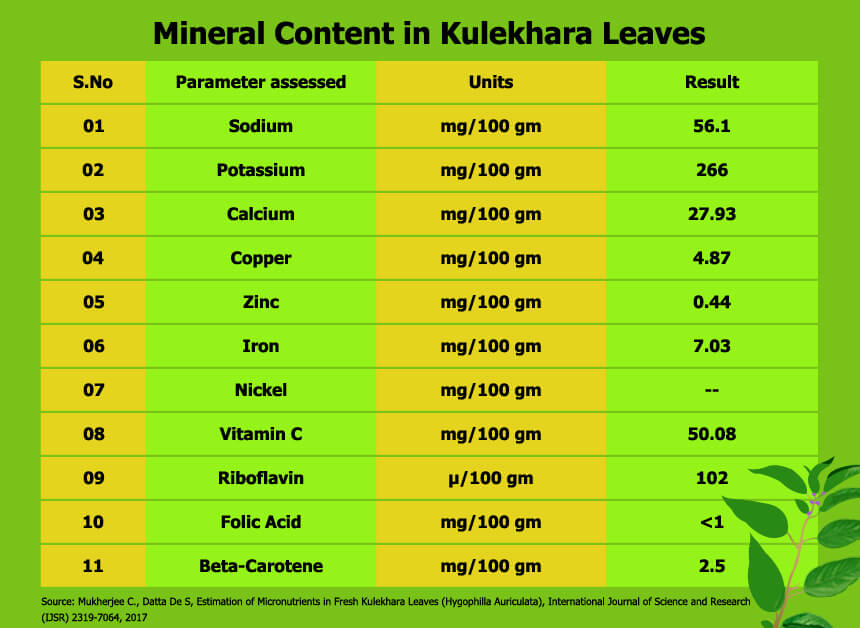 When we compare
When we compare 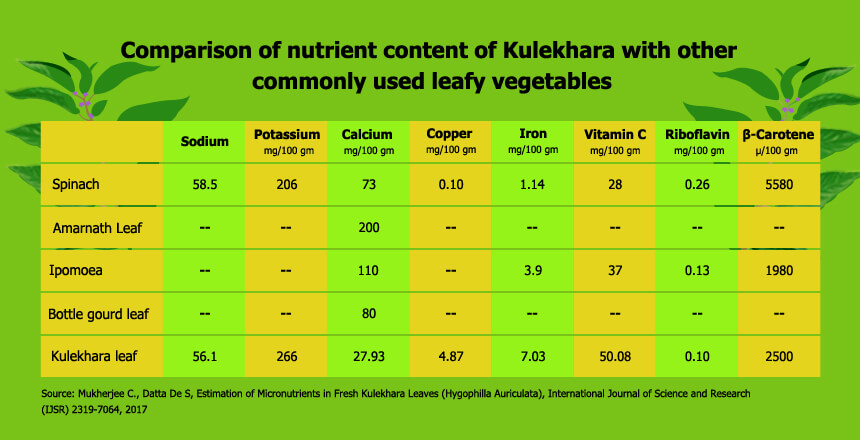 Spinach is a household food item with many recipes based on Spinach being available. However,
Spinach is a household food item with many recipes based on Spinach being available. However, 